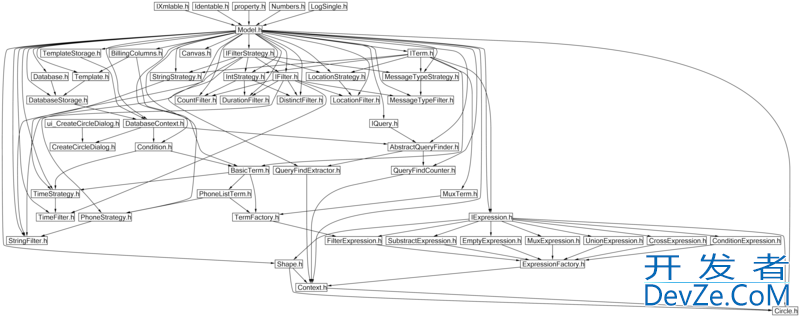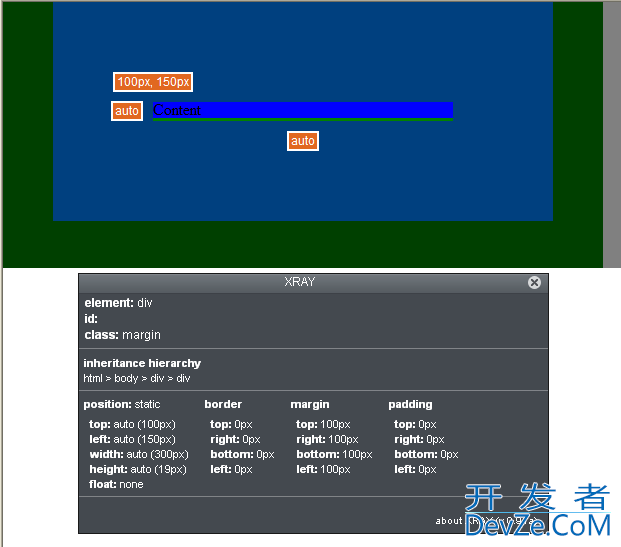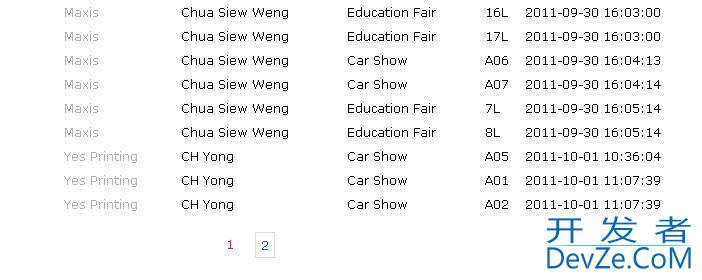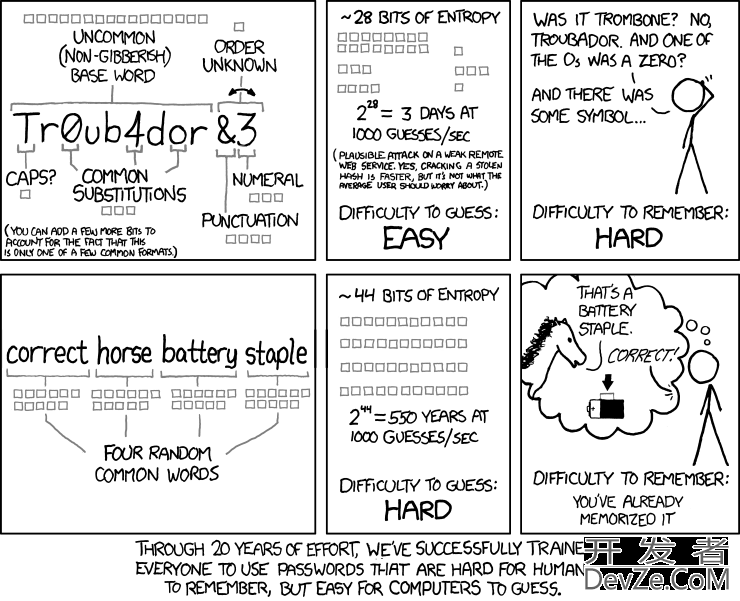I'm trying to implement graph as the Arc List, and while this implementation works efficiency is horrible, anything i missed that's making it so slow? Time was measured as the average of looking for arcs from/to each node.
struct Arc
{
int start;
int end;
Arc(int start,int end)
: start(start),
end(end)
{ }
};
typedef vector<Arc> ArcList;
class AListGraph
{
public:
AListGraph(IMatrix* in); //Fills the data from Incidence Matrix
bool IsE(int va,int vb); //checks if arc exists a->b
int CountEdges(); //counts all the arcs
int CountNext(int v); //counts all ou开发者_如何学JAVAtgoing arcs from v
int CountPrev(int v); //counts all arcs incoming to v
private:
ArcList L;
int VCount;
};
//Cut out constructor for clarity
int AListGraph::CountEdges()
{
return L.size();
}
int AListGraph::CountNext(int v)
{
int result=0;
for(ArcList::iterator it =L.begin();it!=L.end();it++)
{
if(it->end==v)result++;
}
return result;
}
int AListGraph::CountPrev(int v)
{
int result=0;
for(ArcList::iterator it =L.begin();it!=L.end();it++)
{
if(it->start==v)result++;
}
return result;
}
Well, your implemention is worst possible : in order to find the in/out edges you have go across the whole graph.
Do you really need an arc list? Usually an adjacency list is much more efficient.
A naïve implementation of an adjacency list would be to keep an vector > arcs where the size of the arc is the number of nodes.
Given an node u, arcs[u] gives you all the out edges. You can figure out how to optimize it for in edges also.




![Interactive visualization of a graph in python [closed]](https://www.devze.com/res/2023/04-10/09/92d32fe8c0d22fb96bd6f6e8b7d1f457.gif)



 加载中,请稍侯......
加载中,请稍侯......
精彩评论